Aerospace Tracking Telemetry and Command on-the-spot Access Technology for low-orbit and High-density Satellite Constellations
-
摘要: 大规模低轨小卫星星座近年来在卫星通信、遥感观测等领域已成为各国商业公司发展的重点,我国也正在发展各类低轨卫星星座,在轨卫星数量急剧上升,航天测控运控系统作为卫星在轨平稳运行的管理操作者,针对大规模低轨卫星的高效测控正面临着重大挑战。借鉴移动通信领域的技术思想,该文设计提出了一种全新的面向低轨大规模星座的航天测控随遇接入技术。该技术利用全空域天线设备,构建形成低功耗的全时全景波束,通过专用接入信道,可形成地面站对大批量过境低轨卫星的“基站式”自动随遇接入,基于随遇接入技术构建的航天测控网将能够为各类低轨卫星测控、运控用户提供分布式端到端的高效服务能力。该文全面介绍了航天测控随遇接入系统的工作原理、体系架构、技术体制设计与关键技术,建立了随遇接入系统的用户容量模型。通过系统分析设计,可实现20 000颗以上卫星在轨接入和测运控管理的服务能力,将有力支撑我各类低轨星座的建设与在轨高效应用。Abstract:
Objective The rapid proliferation of Low Earth Orbit (LEO) mega-constellations has introduced significant challenges to traditional aerospace Tracking, Telemetry, and Command (TT&C) systems. These systems struggle to meet the growing demands of large-scale satellite operations due to limited capacity and inefficient resource management. This study proposes an innovative aerospace TT&C on-the-spot access technology, inspired by mobile communication systems, to address these challenges. The key objectives include enabling automatic, “base station-like” access for massive LEO satellite constellations, decoupling access and service links to enhance system scalability, and establishing a distributed, end-to-end TT&C network capable of supporting over 20,000 satellites in orbit. Methods The proposed technology integrates three core components: (1) Full-Time Panoramic Beam Coverage: Ground stations employ full airspace antenna arrays to generate low-power, continuous panoramic beams, ensuring 7~24 h signal coverage. This setup enables satellites entering a station’s coverage zone to automatically establish bidirectional links via dedicated access control channels. (2) Hybrid Multiple Access Scheme: A combination of Space Division Multiple Access (SDMA) and Spread spectrum ALOHA Multiple Access (SAMA) is employed. SDMA partitions the airspace into sectors using phased-array beams, while SAMA utilizes pseudo-random sequences and time-slotted ALOHA to resolve contention among satellites. This hybrid approach optimizes complexity, backward compatibility, and scalability. (3) Distributed Network Architecture: The system shifts from a centralized, schedule-driven model to a decentralized framework, enabling TT&C users to interact directly with satellites via ground stations. Key innovations include: (1) Dedicated Access Control Channels: Separate from service links, these channels manage handshaking, status reporting, and emergency requests. (2) Channelized Beamforming: Flexible beam control allows dynamic resource allocation and ensures compatibility between legacy parabolic antennas and new phased-array systems. (3) Parallel Acquisition: Parallel sampling-processing pipelines and multi-channel frequency search strategies enhance acquisition through correlated parallelism and buffering techniques. Experimental validation demonstrates a success rate exceeding 95% for 8-user concurrent acquisition under typical SNR conditions, effectively balancing Doppler dynamics, timing, SNR thresholds, and hardware constraints amid interference. System performance is assessed using a Poisson process model to simulate satellite arrival rates and collision probabilities, with Monte Carlo simulations for link reliability and capacity estimation. Results and Discussions Compared to traditional single-beam TT&C systems, the proposed technology eliminates the need for manual scheduling, reduces latency, and enables parallel service for hundreds of satellites. The hybrid SDMA-SAMA scheme mitigates the "near-far effect" and signal collisions, achieving an optimal balance between complexity and performance. Integration with existing infrastructure, such as legacy antennas, ensures cost-effectiveness and facilitates gradual deployment. Under typical conditions, the success probability for a single satellite to gain access to the ground station exceeds 99.75% within 10 seconds (after two transmission attempts). Conclusions This study introduces a groundbreaking solution to the TT&C challenges posed by mega-constellations. The on-the-spot access technology redefines satellite-ground interactions by emulating mobile communication principles, facilitating automatic, distributed, and scalable operations. Key achievements include: (1) Decoupling Access and Service Links: This architectural shift effectively resolves capacity bottlenecks inherent in traditional systems. (2) Hybrid Multiple Access: The SDMA-SAMA combination ensures backward compatibility while supporting future expansions. (3) Operational Flexibility: Both ground operators and satellites can initiate TT&C sessions, enhancing responsiveness in emergency scenarios. Future work will focus on integrating artificial intelligence for predictive resource allocation and extending the framework to relay satellite systems for global coverage. The proposed system represents a significant advancement toward efficient, autonomous, and large-scale space infrastructure management. -
表 1 地面移动用户与低轨卫星通信场景差异
参数项 地面用户 在轨卫星 通信距离 数百米~数千米 数百千米~数千千米 移动速度 最大350 km/h 7.9 km/s 多普勒动态 数十~数百Hz 数十kHz 信号多径 多径效应显著 无明显多径效应 表 2 随遇接入测控接入信道物理层信号体制
体制参数 前向链路 返向链路 频段 S频段 调制方式 CDMA-BPSK 多址方式 频分多址
码分多址空分多址
码分多址
竞争ALOHA信号发射 连续发射 突发方式 码型 伪随机序列 伪随机序列 编码方式 Polar Polar 表 3 用户卫星单次接入时间概算分析
标识 项目 时间(ms) t1 卫星解调广播帧,并进行鉴权,生成接入汇报帧 50 t2 返向接入申请帧发送时间 1 000 t3 空间传输时间 12 t4 返向接入申请帧接收处理时间 300 t5 前向应答消息发送最长等待时间 1 000 t6 前向应答消息发送时间 1 000 t7 前向信息接收处理时间 50 -
[1] 方芳, 吴明阁. “星链”低轨星座的主要发展动向及分析[J]. 中国电子科学研究院学报, 2021, 16(9): 933–936. doi: 10.3969/j.issn.1673-5692.2021.09.013.FANG Fang and WU Mingge. Development trend and analysis of "Starlink" LEO Satellites Constellation[J]. Journal of China Academy of Electronics and Information Technology, 2021, 16(9): 933–936. doi: 10.3969/j.issn.1673-5692.2021.09.013. [2] MODENINI A and RIPANI B. A tutorial on the tracking, telemetry, and command (TT&C) for space missions[J]. IEEE Communications Surveys & Tutorials, 2023, 25(3): 1510–1542. doi: 10.1109/COMST.2023.3287431. [3] 王磊, 姬涛, 郑军, 等. 中继卫星系统发展应用分析及建议[J]. 中国科学: 技术科学, 2022, 52(2): 303–317. doi: 10.1360/SST-2020-0463.WANG Lei, JI Tao, ZHENG Jun, et al. Investigations and proposals for data relay satellite systems[J]. SCIENTIA SINICA Technologica, 2022, 52(2): 303–317. doi: 10.1360/SST-2020-0463. [4] CCSDS. CCSDS 401.0-B-32 Radio frequency and modulation systems-Part I earth stations and spacecraft[S]. Washington: CCSDS, 2021. [5] BEN-LARBI M K, POZO K F, HAYLOK T, et al. Towards the automated operations of large distributed satellite systems. Part 1: Review and paradigm shifts[J]. Advances in Space Research, 2021, 67(11): 3598–3619. doi: 10.1016/j.asr.2020.08.009. [6] DEVARAJ K. Planet’s communication network[EB/OL]. https://leoconn.github.io/slides/leoconn_2021_day1_kiruthika.pdf, 2021. [7] 杨文翰, 花国良, 冯岩, 等. 星链计划卫星网络资料申报情况分析[J]. 天地一体化信息网络, 2021, 2(1): 60–68. doi: 10.11959/j.issn.2096-8930.2021008.YANG Wenhen, HUA Guoliang, FENG Yan, et al. Analysis of the starlink satellite network filing application[J]. Space-Integrated-Ground Information Networks, 2021, 2(1): 60–68. doi: 10.11959/j.issn.2096-8930.2021008. [8] 蔡亚梅, 陈利玲, 张天娇. 从"黑杰克"项目看美国低轨卫星系统发展[J]. 航天电子对抗, 2021, 37(4): 57–59,64. doi: 10.3969/j.issn.1673-2421.2021.04.011.CAI Yamei, CHEN Liling, and ZHANG Tianjiao. LEO satellite system development of USA from blackjack program[J]. Aerospace Electronic Warfare, 2021, 37(4): 57–59,64. doi: 10.3969/j.issn.1673-2421.2021.04.011. [9] Space Development Agency. Proliferated warfighter space architecture (PWSA)[EB/OL]. https://www.sda.mil/wp-content/uploads/2023/06/Transport-Layer_distro-A_FINAL.pdf, 2023. [10] United States Government Accountability Office. Satellite control network: Updating sustainment plan would help space force better manage future efforts[EB/OL]. https://www.gao.gov/assets/gao-23-105505.pdf, 2023. [11] HENDERSON M, DAVIS M B, and HUISJEN M. GDPAA advanced technology demonstration overview and results[C]. 2010 IEEE International Symposium on Phased Array Systems and Technology, Waltham, MA, USA, 2010. doi: 10.1109/ARRAY.2010.5613380. [12] READ M. Lockheed Martin and Ball Aerospace complete transmit test for MBMM antenna[EB/OL]. https://satelliteprome.com/news/lockheed-martin-and-ball-aerospace-complete-transmit-test-for-mbmm-antenna/, 2020. [13] 李超, 焦义文, 傅诗媛, 等. 软件定义测控系统体系架构与关键技术[J]. 中国空间科学技术, 2023, 43(3): 14–24. doi: 10.16708/j.cnki.1000-758X.2023.0034.LI Chao, JIAO Yiwen, FU Shiyuan, et al. Software defined TT&C system architecture and key technology[J]. Chinese Space Science and Technology, 2023, 43(3): 14–24. doi: 10.16708/j.cnki.1000-758X.2023.0034. [14] 祁玉生, 邵世祥. 现代移动通信系统[M]. 北京: 人民邮电出版社, 1999.QI Yusheng and SHAO Shixiang. Modern Moobile Communication System[M]. Beijing: Posts & Telecom Press, 1999. [15] 伊波利托, 孙宝升, 译. 卫星通信系统工程[M]. 北京: 国防工业出版社, 2012.IPPOLITO L J, SUN Baosheng, translation. Satellite Communications Systems Engineering: Atmospheric Effects, Satellite Link Design and System Performance[M]. Beijing: National Defense Industry Press, 2012. [16] 陆大絟, 张颢. 随机过程及其应用[M]. 2版. 北京: 清华大学出版社, 2012.LU Daquan and ZHANG Hao. Stochastic Processes with its Applications[M]. 2nd ed. Beijing: Tsinghua University Press, 2012. -





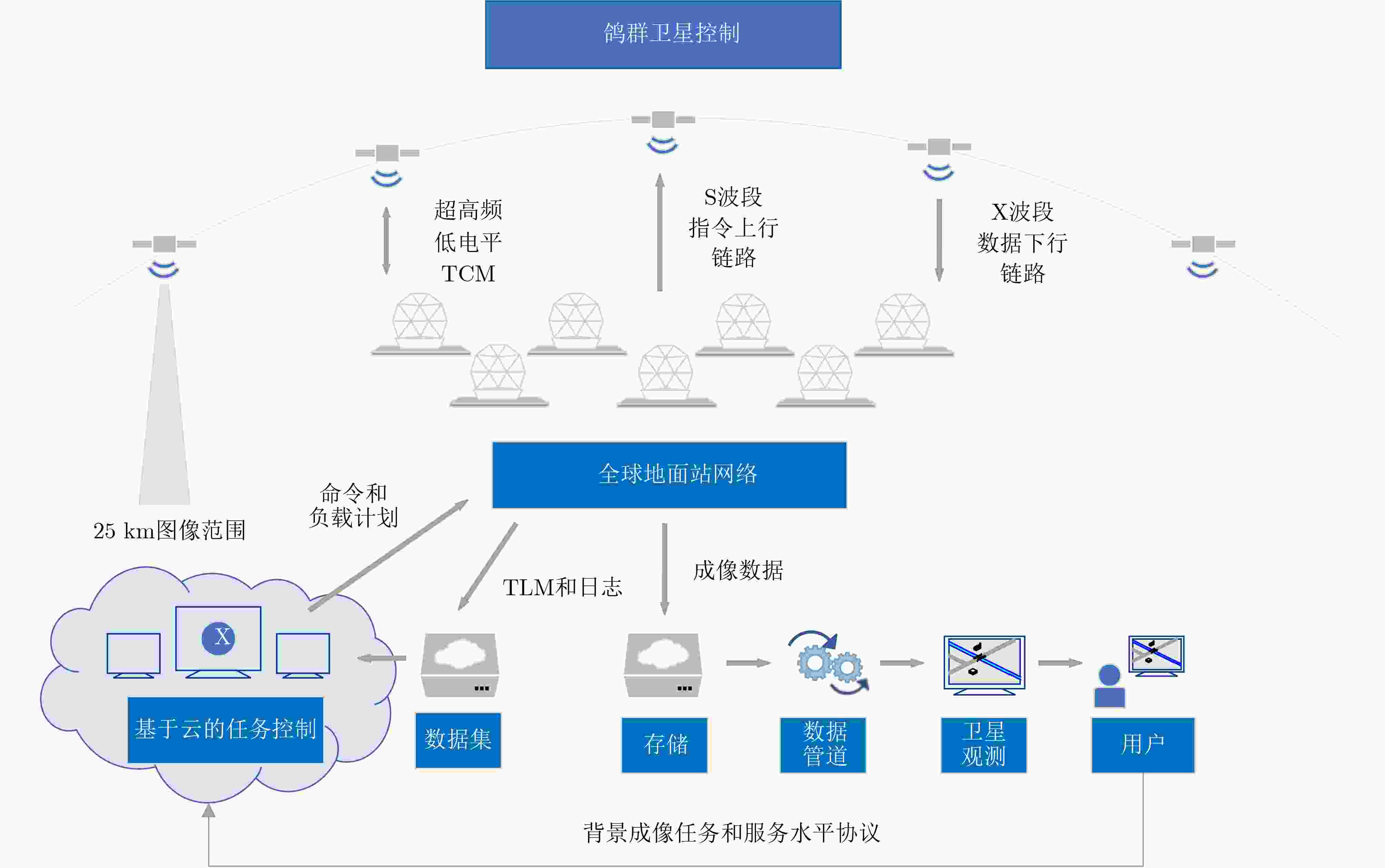
 下载:
下载:
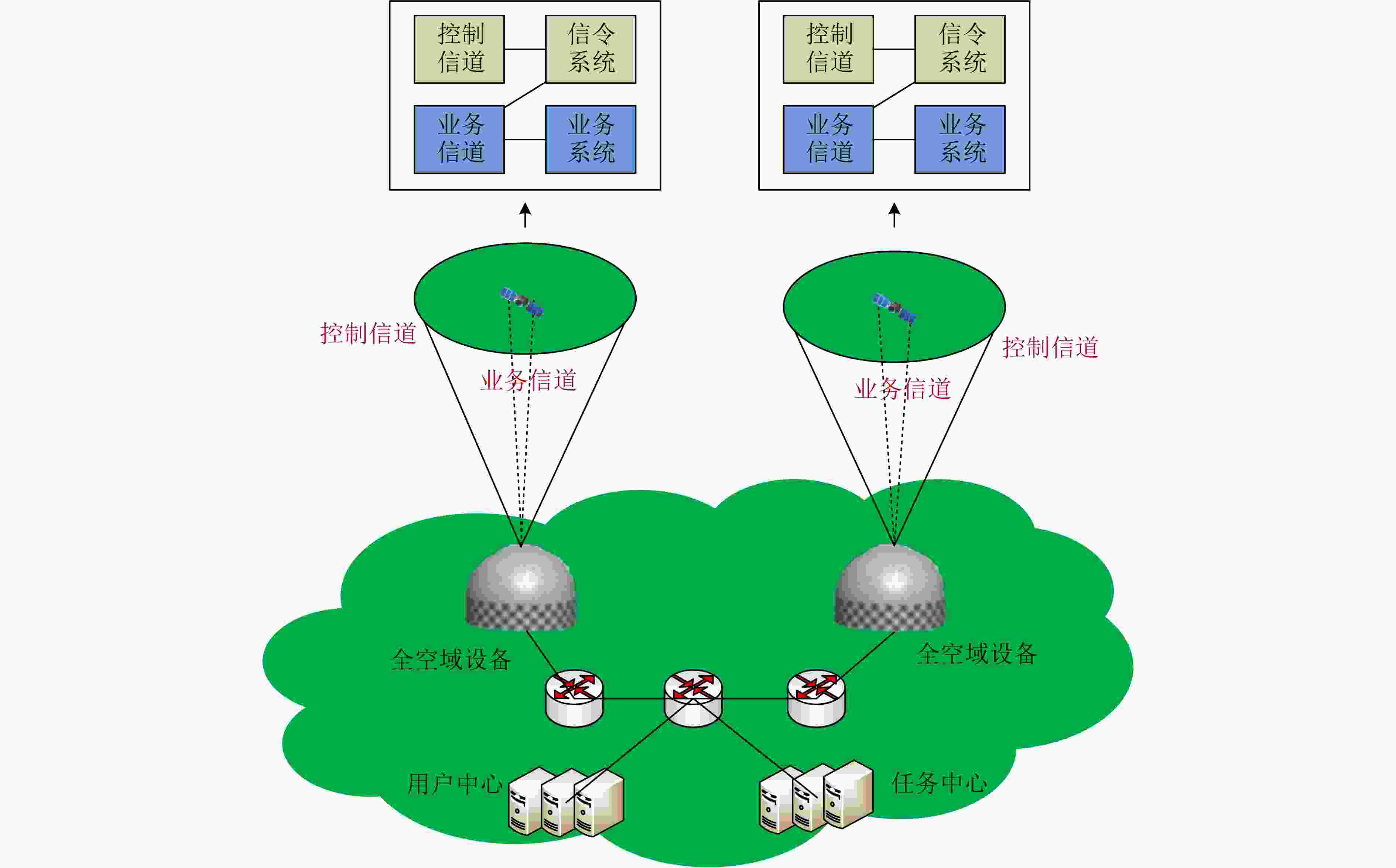
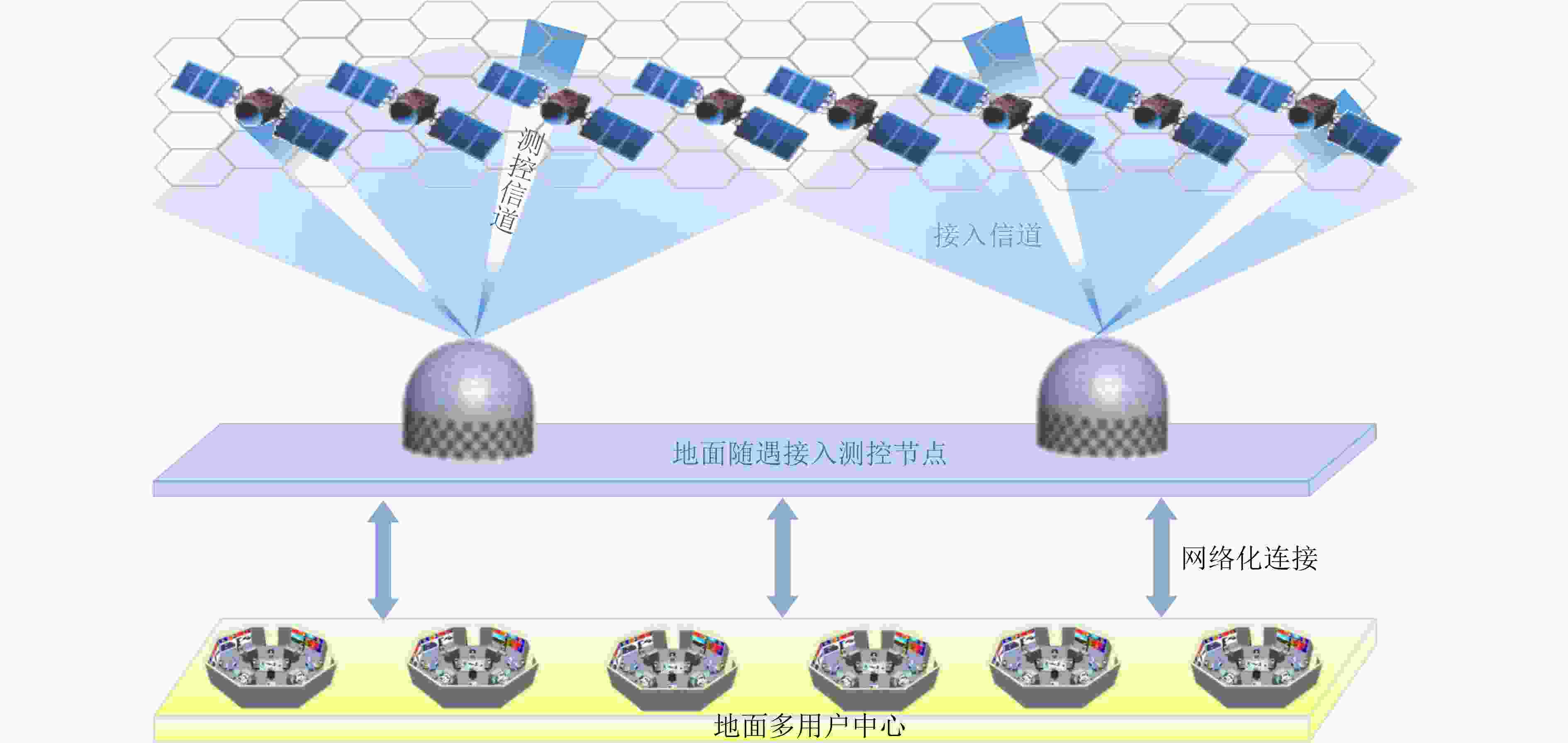

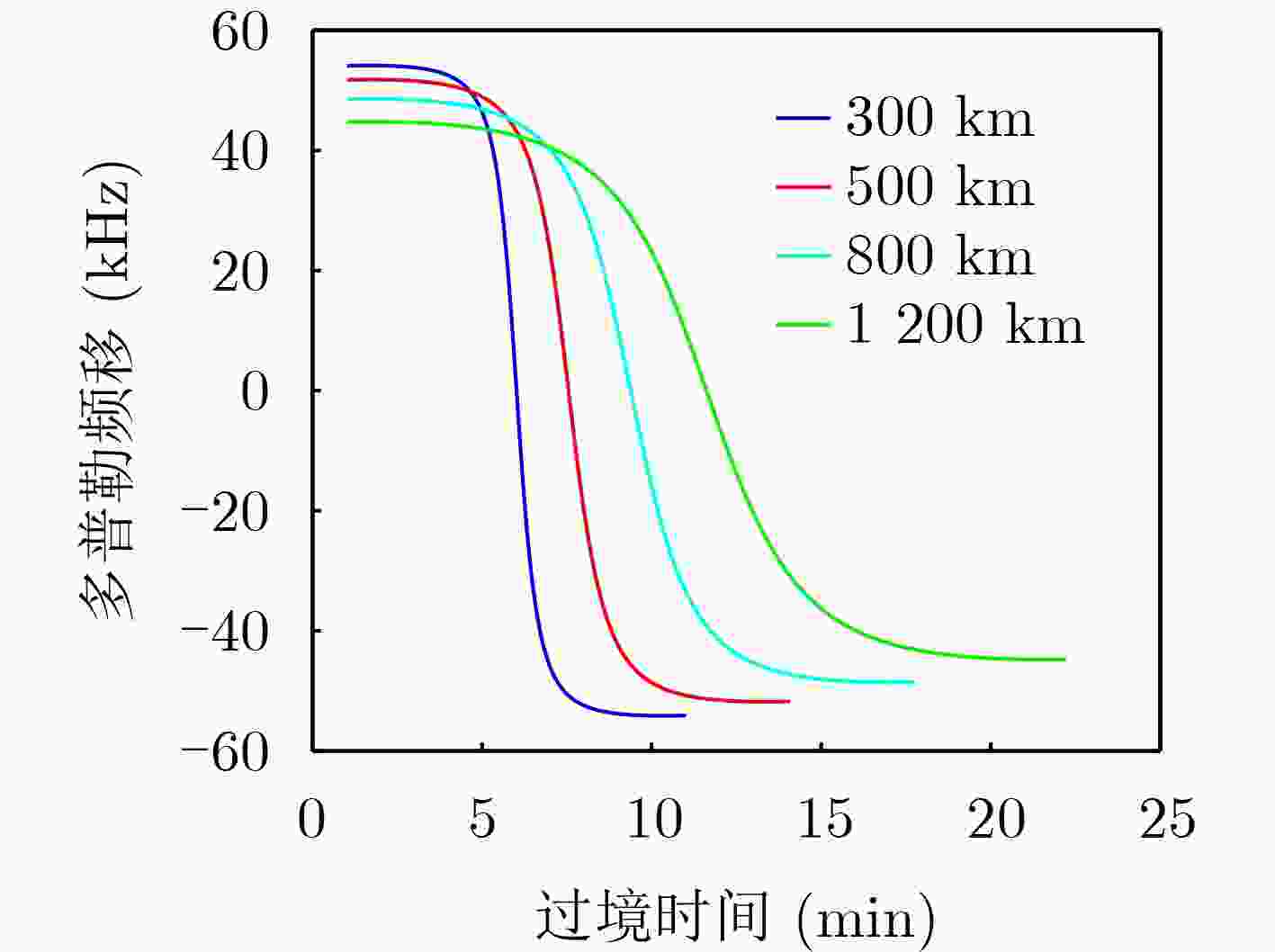
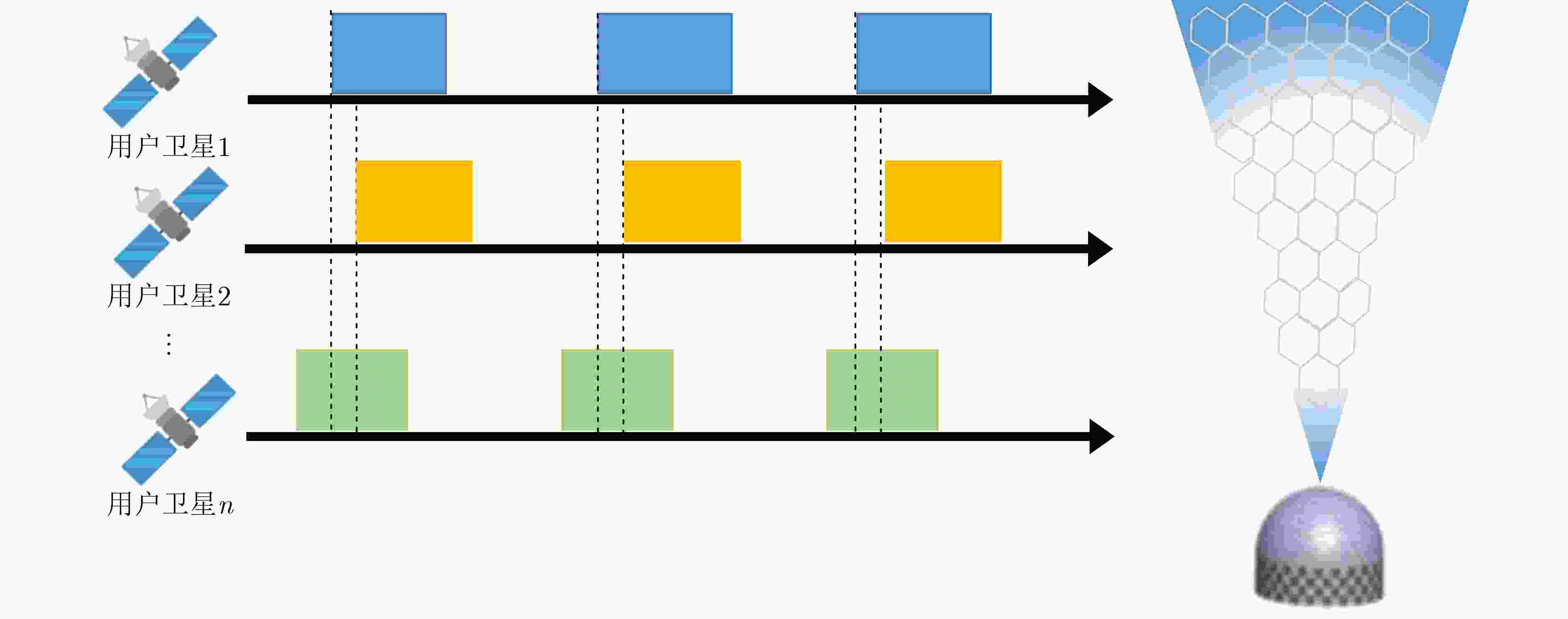
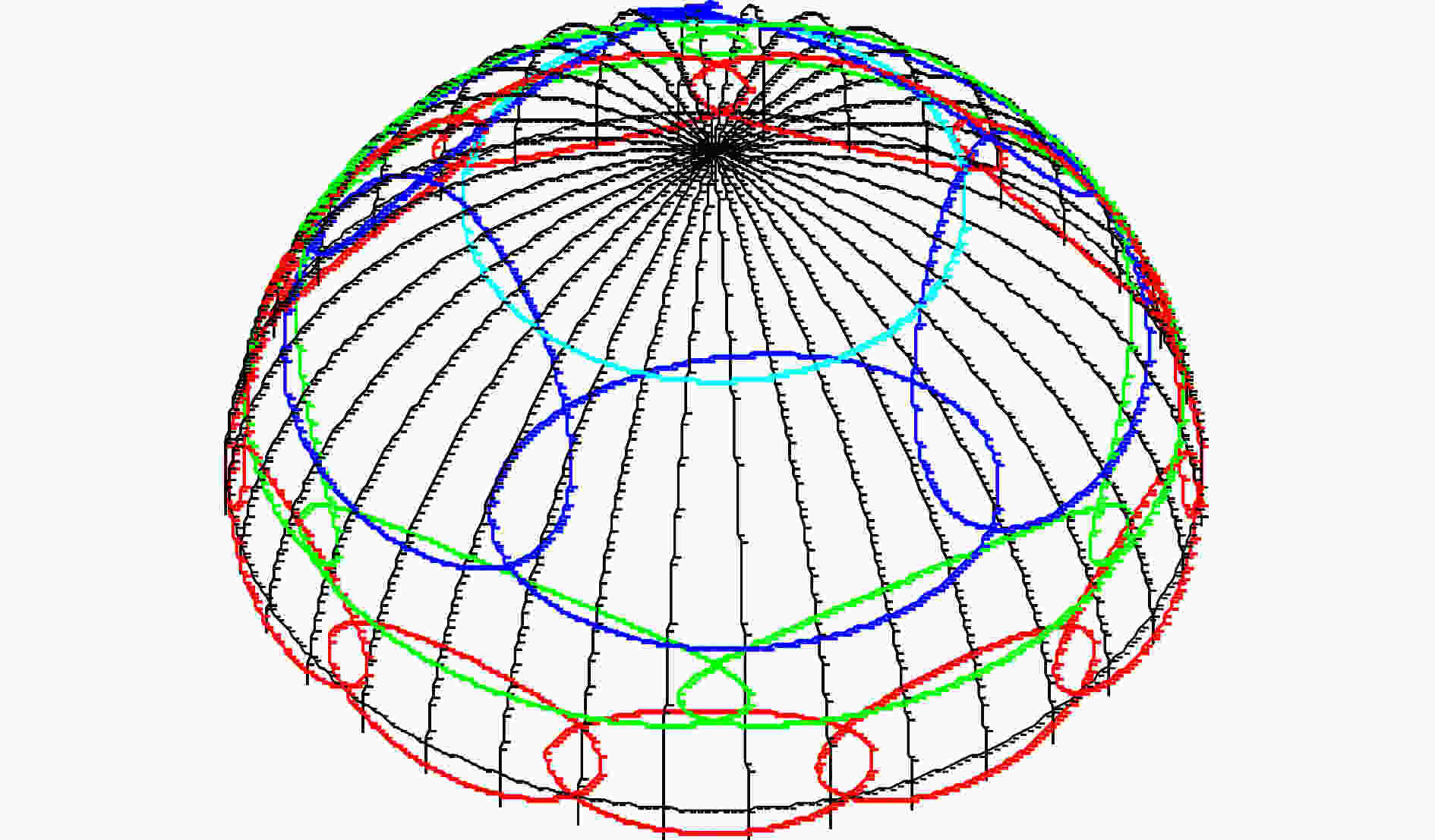
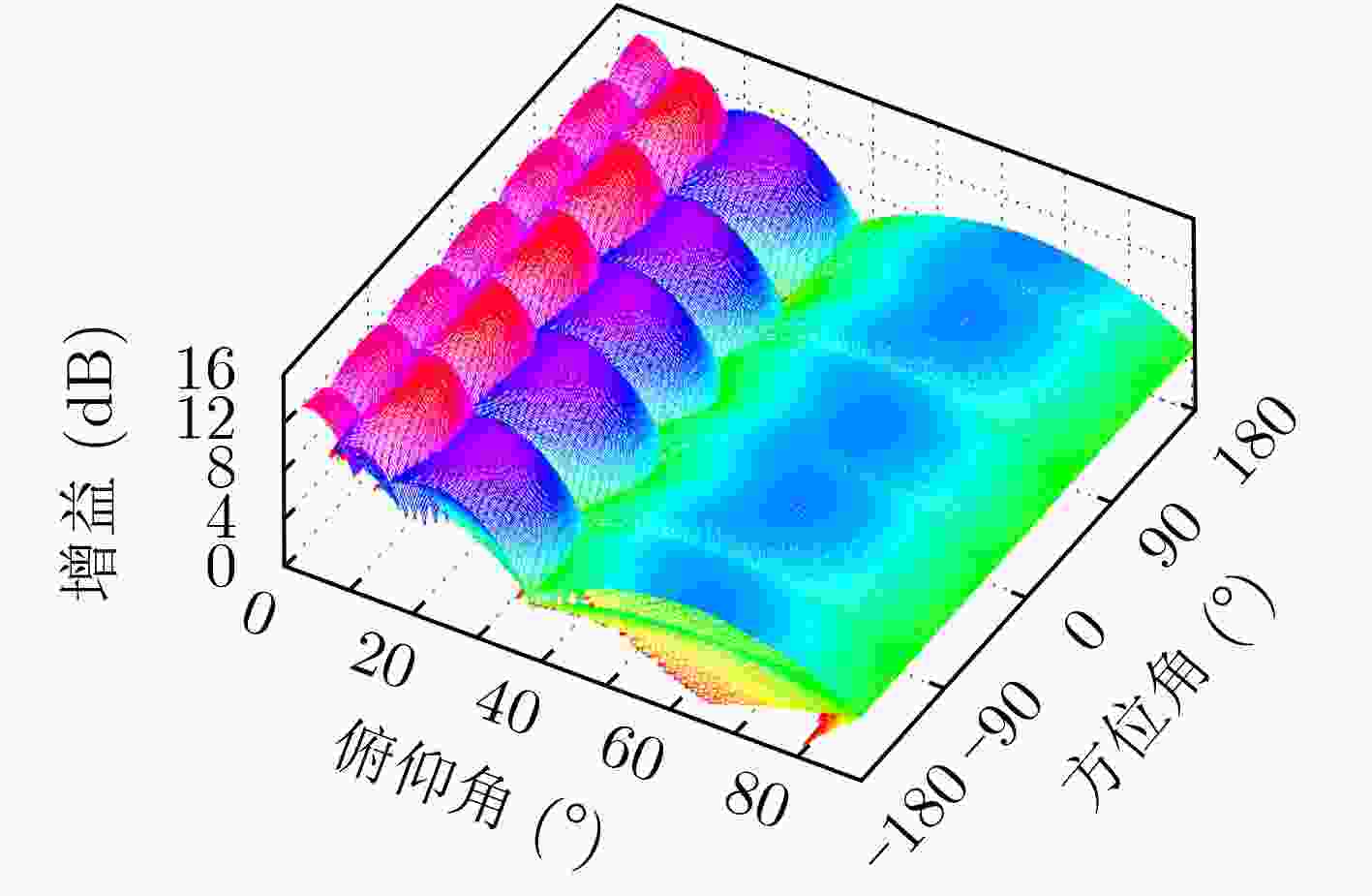
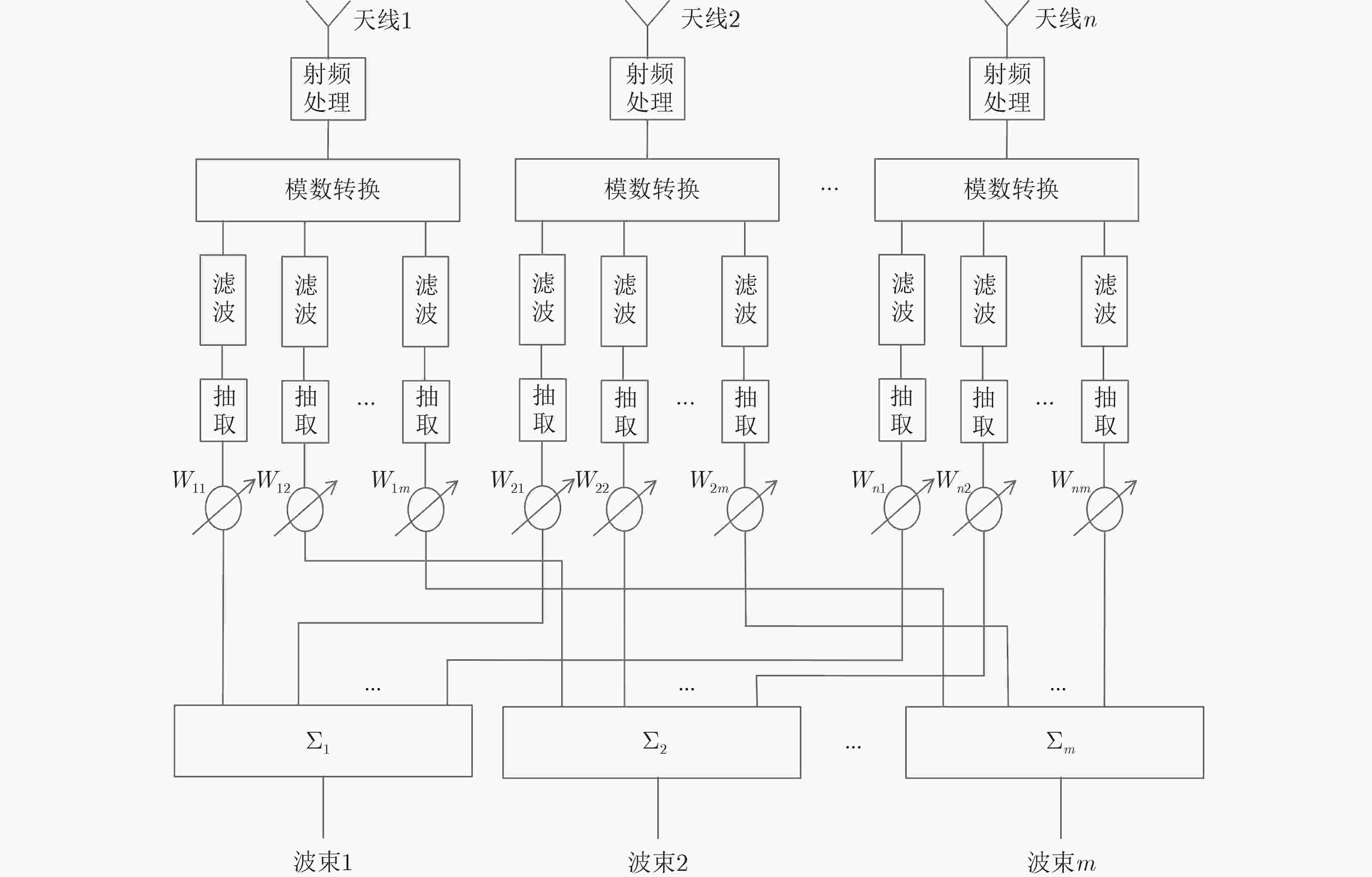
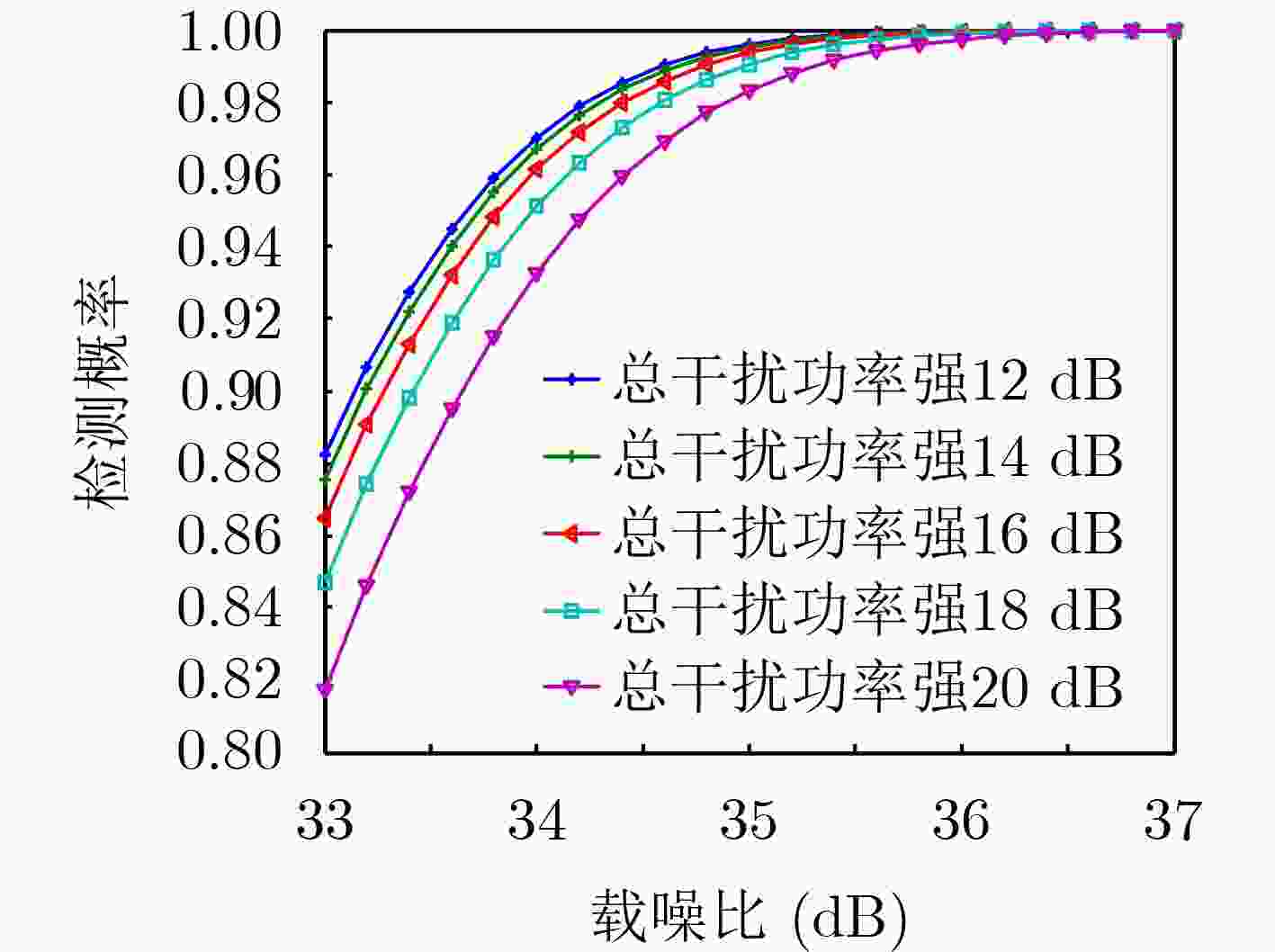
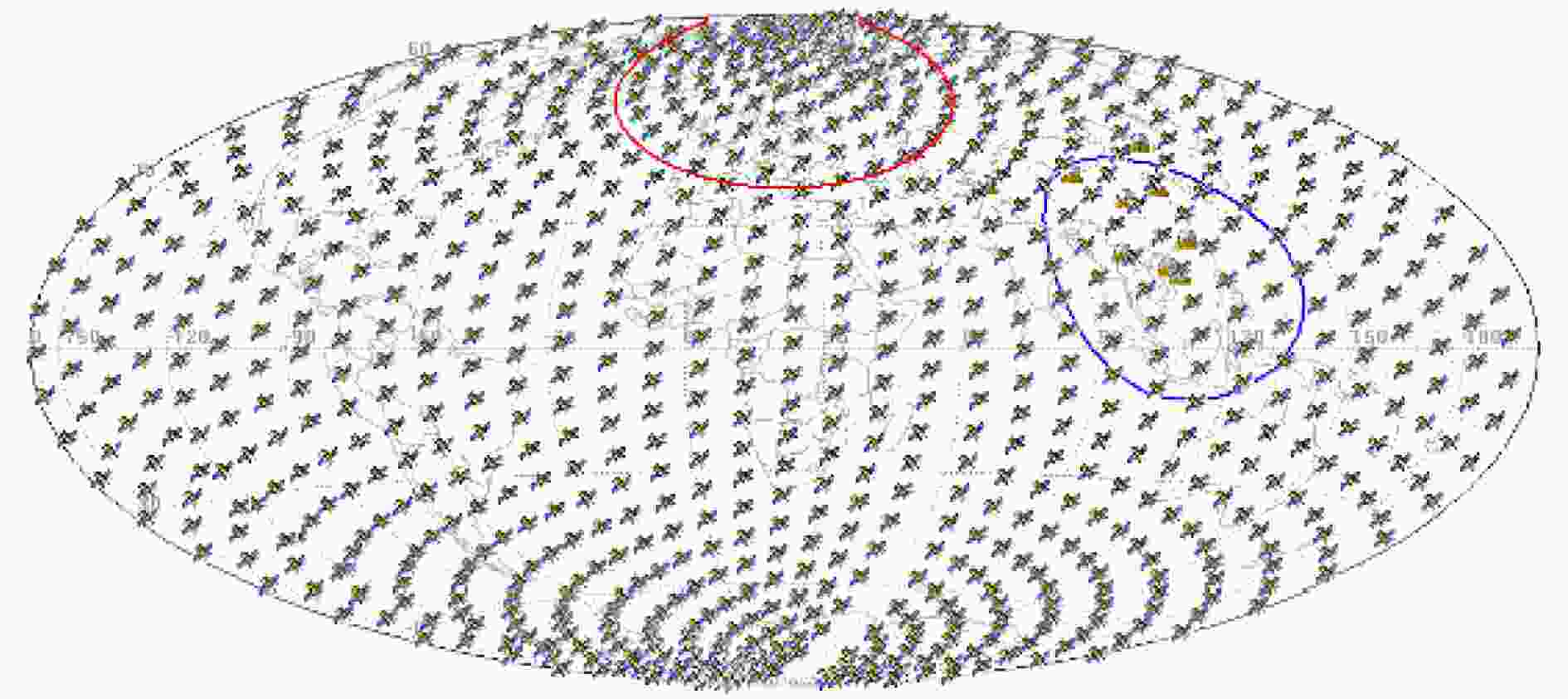


 下载:
下载:
